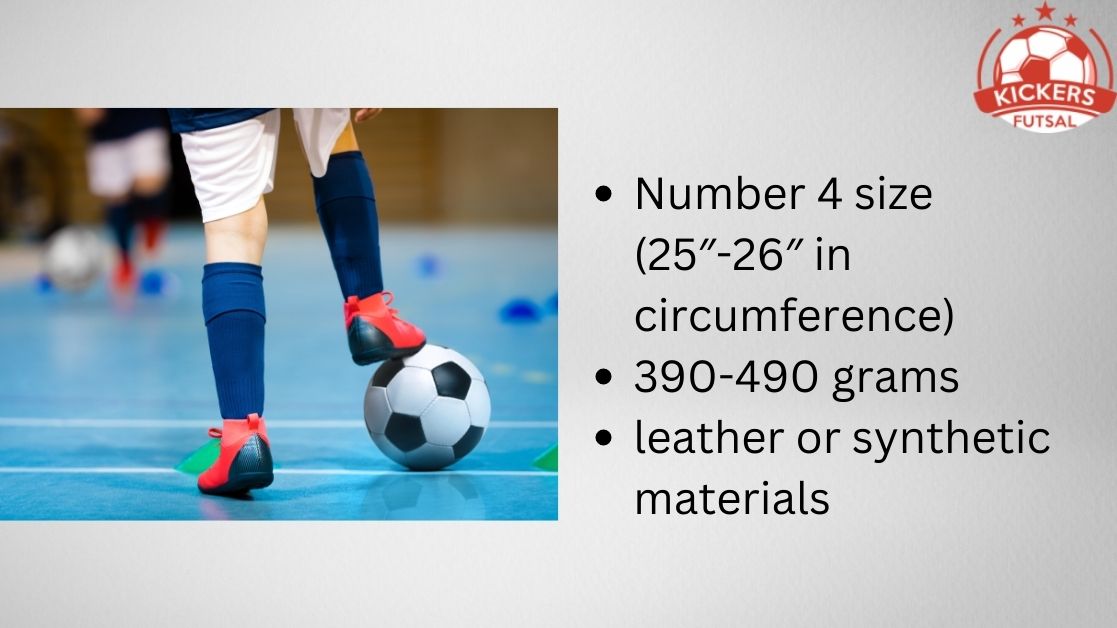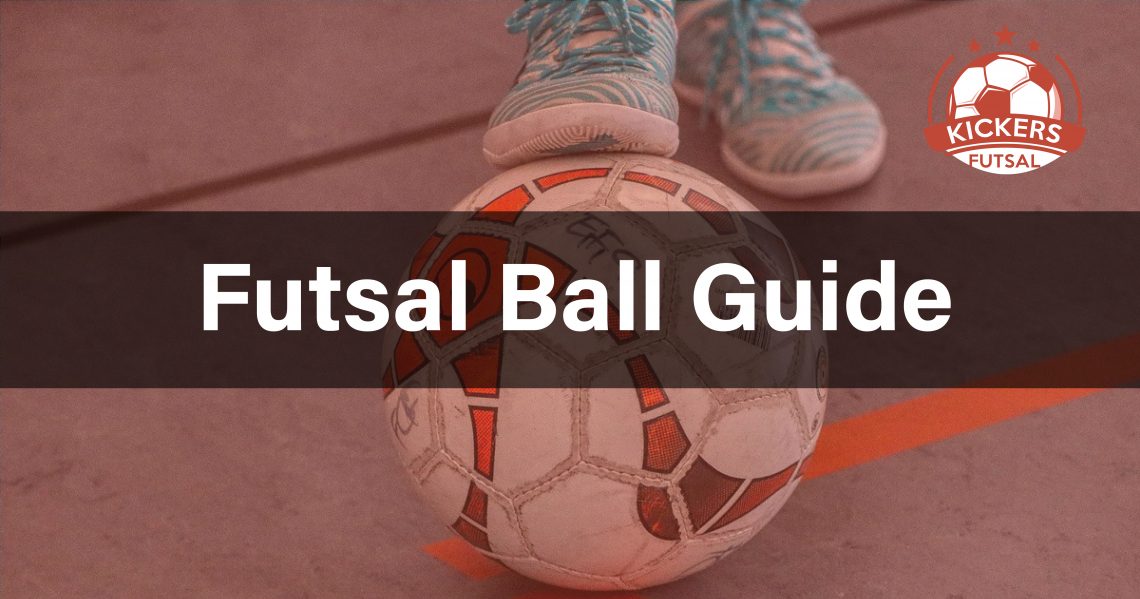Let’s face it- we have all played soccer or football at one point in our lives, especially when we were kids. Currently, football is one of the most enjoyed sports in the world. However, do you know there is a difference in the types of balls we see being played with on TV and the regular soccer balls we purchase in supermarkets or retail shops? Well, the criterion incorporated in their design and type of material is what made them unique. We have recently published our guide on picking the best futsal ball. Read on as we have prepared in-depth research into futsal balls and everything you need to know about them. You will get to know what makes it different from soccer ball as well its weight, materials used to make them, and their size. What’s more, we will also get to provide you with a comparison between indoor and futsal ball. However, before that, let’s first find out its meaning.
What is Futsal Ball?

Futsal Ball is like a soccer ball but smaller. What makes it different is the futsal ball does not bounce and is less responsive meaning the player must be skilful in using this ball compared to other round balls in sports. Today futsal balls are mainly used to play indoors games or on hard/turf courts- usually smaller than a football pitch.
Futsal Ball Size
The official futsal ball size is number 4 which is about 25″-26″ in circumference. If you will search the futsal size chart, the main difference that seems quite obvious from the moment you set your eyes on a futsal ball is its size like a youth futsal ball size. They are much smaller than the regular soccer ball. Ideally, the main focus is to improve on footwork, ball mastery, and technique. For this reason, their bladder is filled with cotton, foam or other fabric instead of air, which makes the ball seem a bit heavier and has less bounce on hard surfaces.
Their unique design makes them quite easy to control and is less likely to run away from the player. Like the majority of soccer balls, there are several futsal brands. Their pricing depends on the quality of the material and its construction design, like machine-made or hand sawn. The best to know a futsal ball is, of course, checking the size, or simply hold it in front of you and drop it on a hard surface.
Futsal Ball Materials
Most futsal brands are designed with leather or synthetic materials. Nonetheless, you can also find other types made of rubber, plastic, or nylon. The type of material significantly works on determining the worth of futsal balls. It might even be costlier, especially if the ball is handwoven. Further, you should also consider checking on the brand while making your purchase. Some brands use high-quality materials in their manufacture as compared to other less popular brands.
Futsal Ball Weight
According to FIFA, the ideal futsal ball should weigh 390-490 grams. Although there are myths that say that the ball is relatively heavier as compared to the majority or regular soccer ball, the fact is, they actually weigh less. The type of foam used to stuff the ball is very mild and lightweight and has less impact on the weight of the ball. The regular size 5 soccer ball weighs 410-450 grams.
Futsal ball vs. Soccer (Football) Ball
Now that you have a clue on the difference between the two balls, let’s get into details. Firstly, as mentioned earlier, the most notable difference between the two balls is the size. The futsal ball is about 6-8cm smaller than the regular soccer ball size. Additionally, it is 20-60 grams lighter. There is no question that although might think that futsal balls are heavier, you kid could be very well playing with a ball that is 60 grams heavier that international balls.
Secondly, is there any other difference besides their size and shapes? Its bounce is yet another notable difference. Futsal balls have a bounce of 55-65 cm while regular soccer ball have 108-110 cm. Note that these measurements are for the first bounce. The materials used in the manufacture of futsal balls are design to enhance ball control and prevent it from running from the player.
Finally, as compared to the regular soccer ball, it is relatively harder to achieve a powerful shot with the futsal ball. Its compact nature makes it seem heavier to the touch and, therefore, requires a bit of power to score a goal. Regardless, it is soft to the touch and sticks perfectly to the foot to enhance an individual’s dribbling and other technical abilities. It is, in fact, the main reason why futsal ball are commonly used in playing indoor and international games.
Indoor Soccer (Football) Ball vs. Futsal Ball
There is quite a huge range of soccer balls designed for indoor games. However, they are not quite different from the regular type. They are made a bit heavier like much smaller- almost like the futsal ball. You might not note the difference between the two balls while playing indoor games. In fact, the idea incorporated in their manufacture might be borrowed from the futsal ball designs.
The majority of indoor games are played in a relatively smaller room, and, therefore, the need to use a smaller soccer ball that is relatively heavier to restrict movement. The only difference between the two is that one is made of leather, foam or cotton, and other materials while the other is made of rubber or nylon and pressurized air. Other indoor soccer balls are filled with pressurized moist air to add on their weight and reduce their bounce.
Final Thoughts
Futsal is, without a doubt, an enjoyable sport. However, just like it critical to know the teams or players to enjoy the game, it is also imperative to know the types of balls. This review will not only help you get a good understanding of the different types of balls used while playing your favourite matches but also ensure you know what to look for while purchasing futsal balls.
RELATED: Best Futsal Balls



